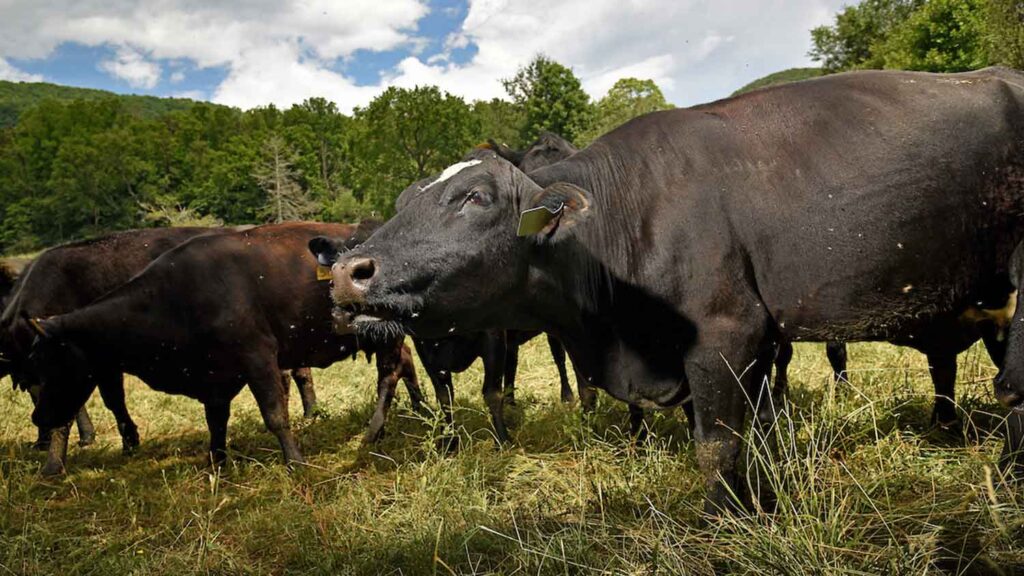Beef Budgets

The NC State University beef enterprise budget guidelines are just that–guidelines. They should be used to guide the development of specific budgets for a specific farm situation. They are not intended to be used “as is” without being modified. Budgets provide a template or framework that can guide the development of a complete estimate of economic costs and returns for an enterprise. These budgets are not cash flow projections and separate cash flow projections are recommended if the proposed enterprise will require a large investment financed by borrowing.
Beef Budgets – Printable Version (PDF)
- Beef Cow-Calf Budget 20-1 (PDF)
- Beef Wintering Budget 21-1 (PDF)
- Beef Summer Grazing Budget 21-4 (PDF)
- Beef Finishing on Grain Budget 21-6 (PDF)
- Beef Finishing on Pasture Budget 21-8 (PDF)
- Beef Preconditioning 21-9 (PDF)
Beef Budgets – Spreadsheet Version
- READ ME FIRST – Introduction to spreadsheet beef budgets
- Beef Cow-Calf Budget 20-1 (XLS)
- Beef Wintering Budget 21-1 (XLS)
- Beef Summer Grazing Budget 21-4 (XLS)
- Beef Finishing on Grain Budget 21-6 (XLS)
- Beef Finishing on Pasture Budget 21-8 (XLS)
- Beef Preconditioning 21-9 (XLS)

NC State University extension specialists developed the beef budgets to reflect a typical farm situation, assuming somewhat above average performance and normal growing conditions. Production costs and revenue are examples only and not intended to match a particular farm situation or time frame.